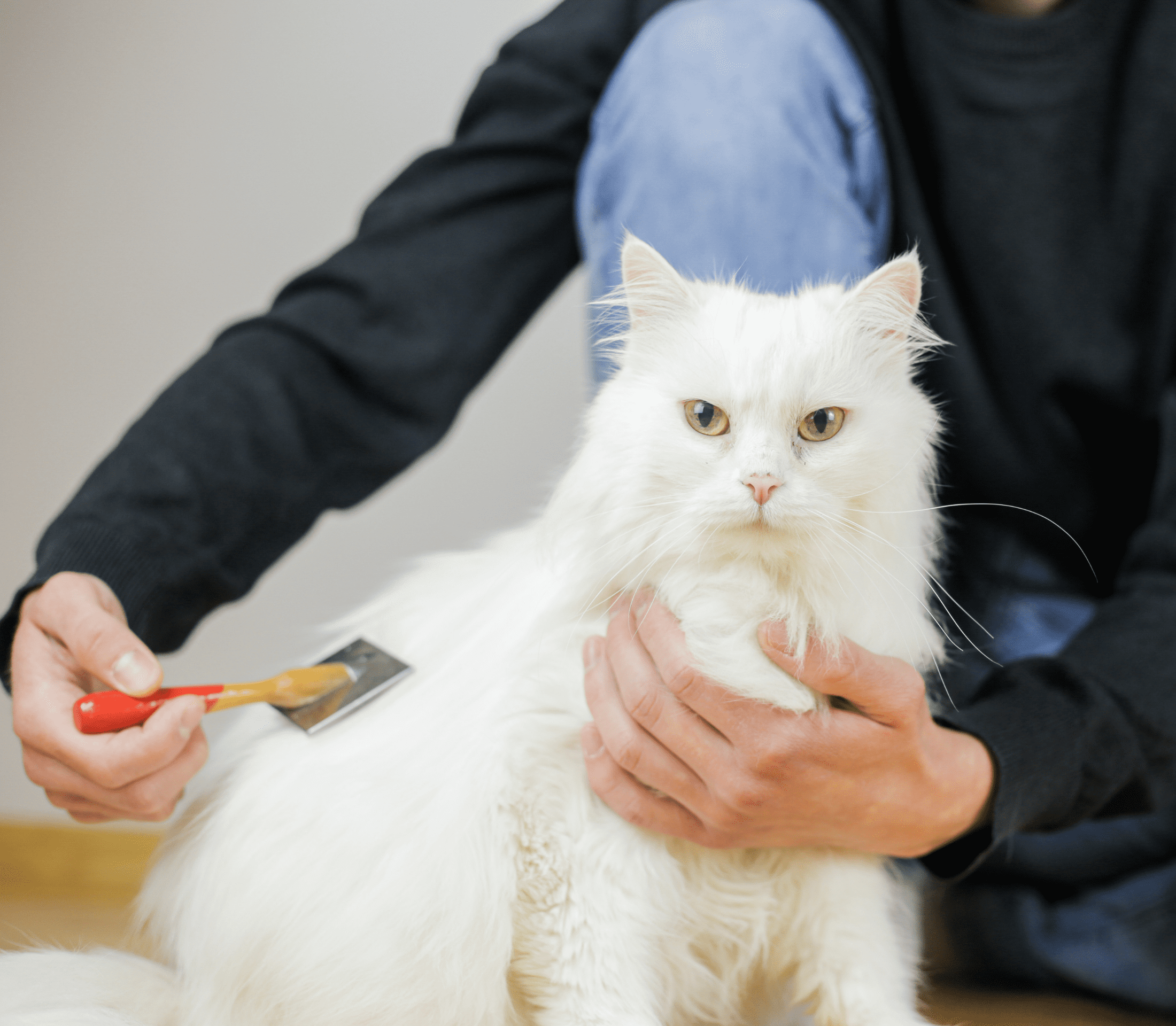World Rabies Day
World Rabies Day is September 30th. That’s also National Ghost Hunting Day, but rabies is definitely more in our wheelhouse. An Apple Valley, MN vet goes over some key information about rabies in this article.
Why Is Rabies So Dangerous?
Rabies—also known as hydrophobia or lyssa—is the deadliest disease on the planet. Once symptoms appear, it has a fatality rate of nearly 100 percent. Rabies is unfortunately still not uncommon. About 56,000 humans die of the disease each year. Rabies is treatable in humans, but it can only be treated before signs appear. That can take up to a year! Even worse, there’s no way to test live animals for the disease.
Types of Rabies
There are two types of rabies. The one most people are familiar with is furious rabies. This is the type that causes the behavioral changes, such as extreme aggression. The second kind, paralytic rabies, or dumb rabies, has the opposite effect, causing lethargy, weakness, and sometimes paralysis.
Transmission
Rabies is a viral disease. It is zoonotic, which means it can be transmitted from one species to another. It spreads from animal to animal through saliva. Bites are the most common form of transmission. Here in North America, rabies is most often found in skunks, foxes, bats, wolves, and coyotes. Earlier this year, a dog here in Minnesota tested positive for the virus after an encounter with a skunk.
Signs of Rabies
Aggression and withdrawal are two of the most common warning signs to watch for. In a wild animal, a violent attack is often the red flag. For pets, you’d want to look for uncharacteristic behavior, such as a friendly cat becoming aggressive. Other things to watch for include reduced appetite, whining, restlessness, vomiting, and an unsteady, lurching gait. Drooling and trouble swallowing are also warning signs. Pets also sometimes chew or lick the spots where they were bitten. Advanced cases may bring on seizures, muscle spasms, confusion, unusual or erratic behavior, and/or excessive drooling.
Protecting Your Pet
There are things you can do to keep your furry friend safe. First and foremost? Make sure your pet is vaccinated! (Note: keep up with your own vaccinations as well.) Spaying and neutering also helps. When walking your dog, don’t let him approach wild animals. It’s also good to have a good fence to help keep critters out.
Do you need to get your furry friend vaccinated? Contact us, your local Apple Valley, MN pet hospital, today!



